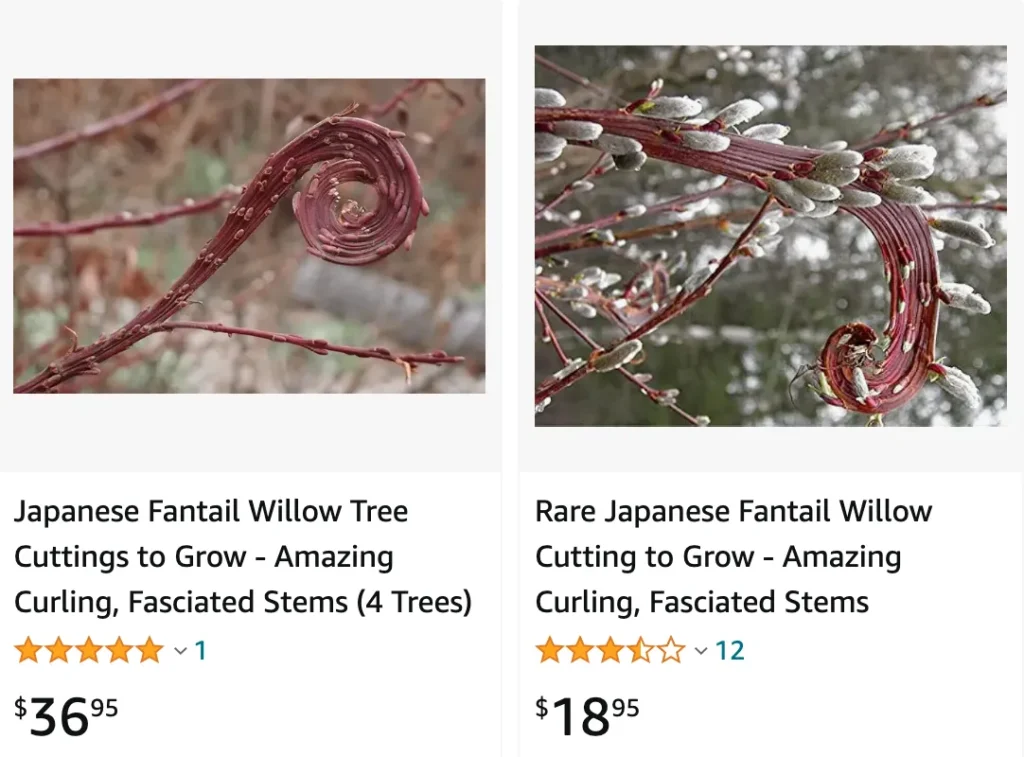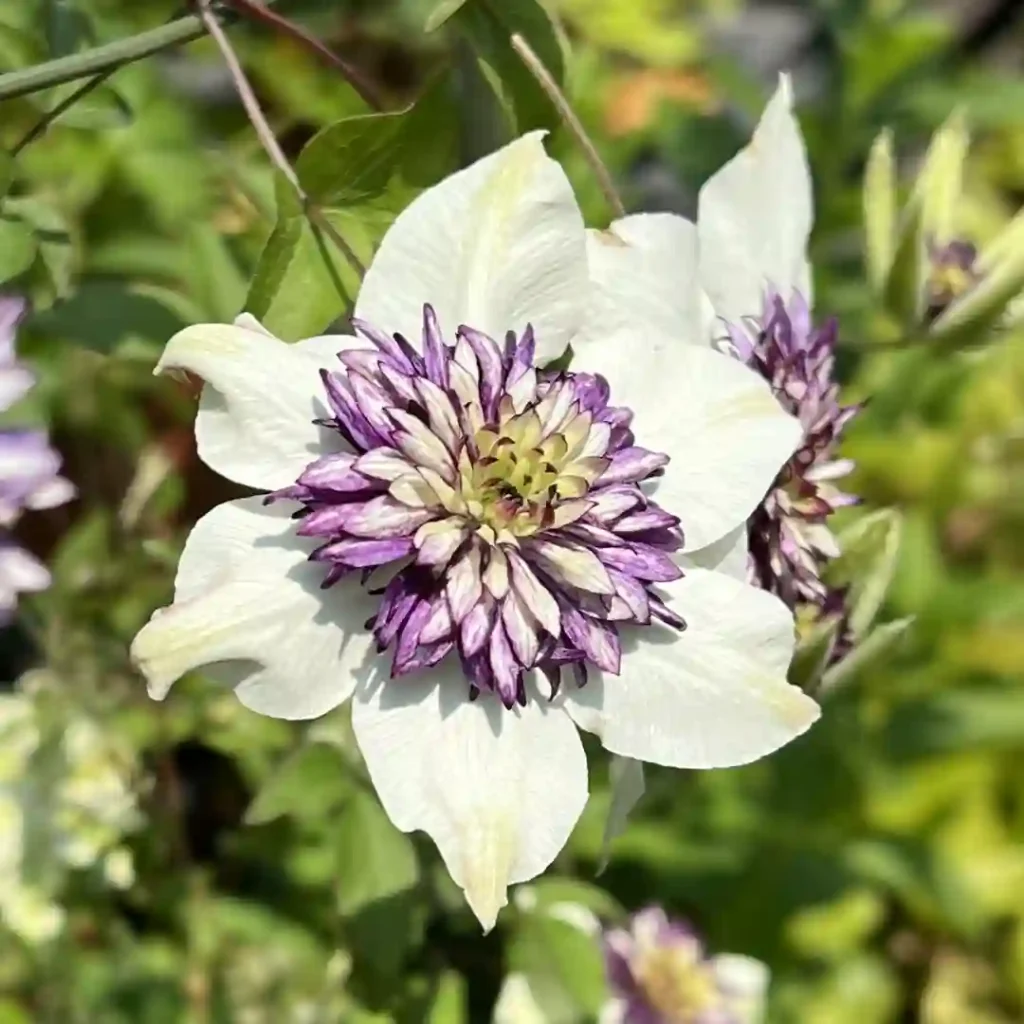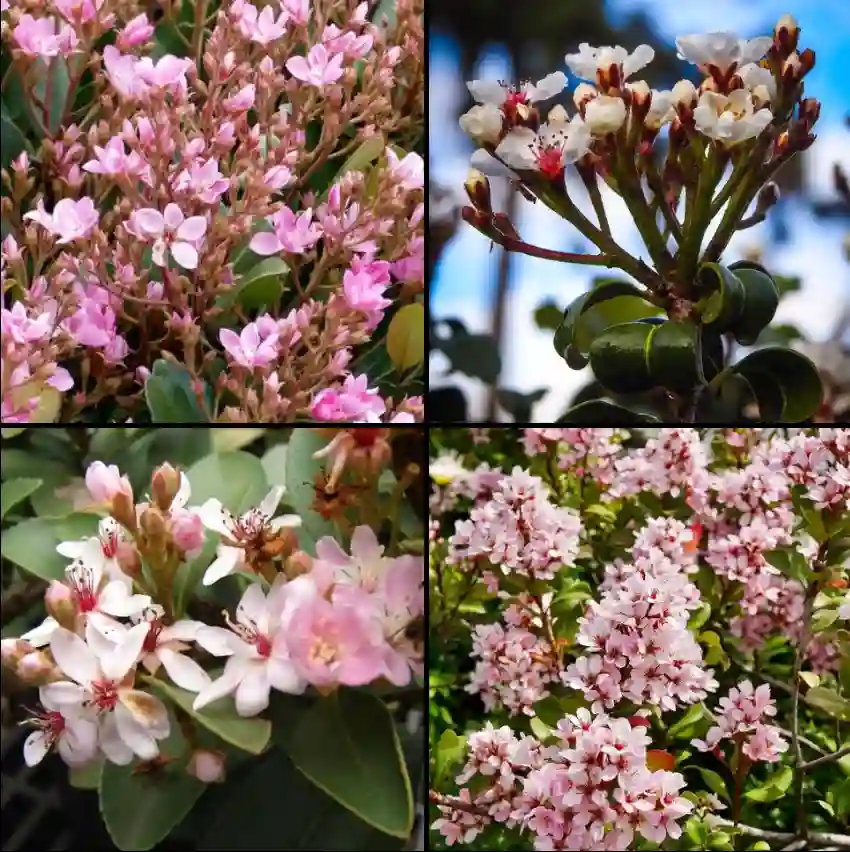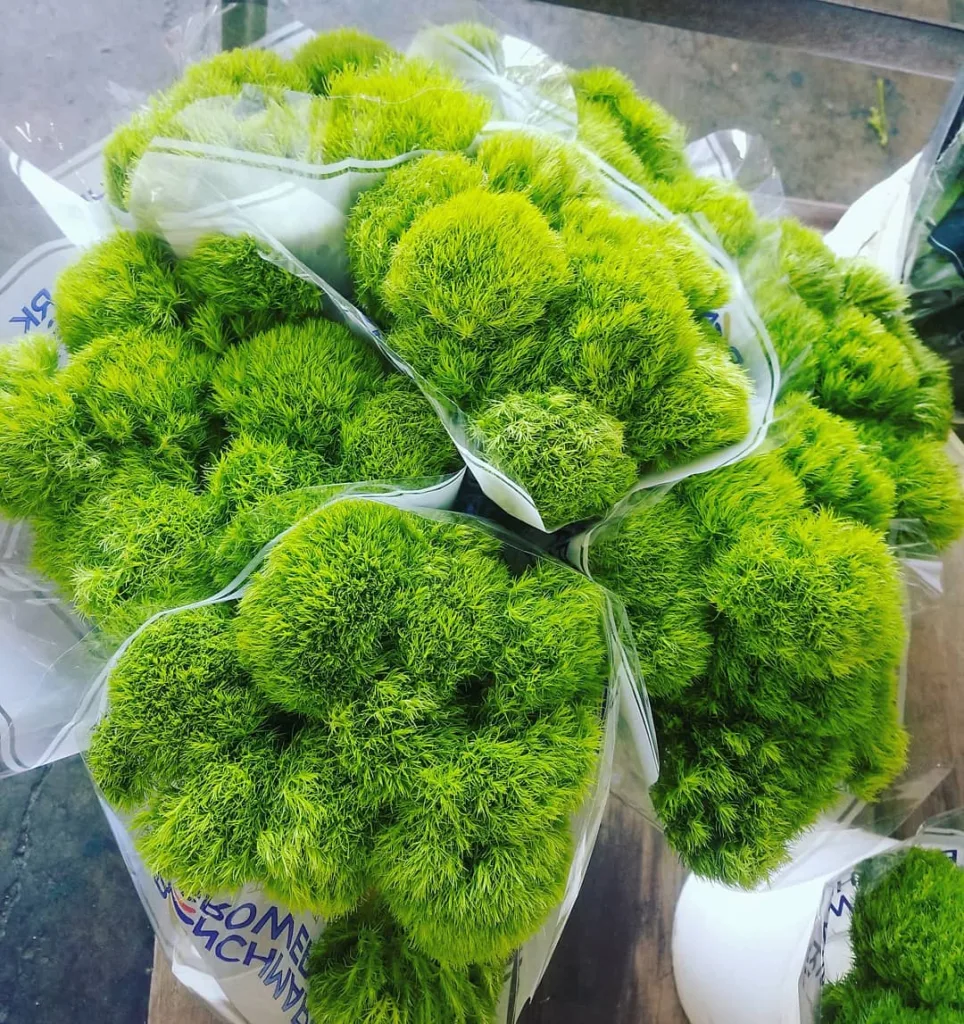
What is Salix Udensis?
For years, I’ve been captivated by the unique beauty of the Salix udensis Sekka, or the Japanese Fantail Willow. Its cascading branches, adorned with flattened, twisted stems, resemble a dancer’s flowing garment, making it a standout in any garden. But before I added this captivating shrub to my own landscape, I embarked on a research quest to understand its needs and potential pitfalls.
The Sekka’s charm lies in its captivating form. Unlike its straight-stemmed willow cousins, the Sekka boasts flattened branches that twist and turn, creating a dynamic visual texture. In early spring, the shrub explodes with silvery catkins, adding a touch of whimsy before giving way to bright green, lance-shaped leaves that dance in the summer breeze.
684 Species in Genus Salix
How to Care for Salix Udensis Sekka?
This resilient shrub thrives in full sun to partial shade and prefers moist, well-drained soil. Planting it near a water source or incorporating organic matter into the planting hole can help ensure its happiness. Regular watering, especially during its first growing season, is crucial. Once established, the Sekka is surprisingly drought tolerant.
While the Sekka isn’t a heavy feeder, a balanced fertilizer applied in early spring can promote healthy growth. When it comes to pruning, the Sekka is relatively low maintenance. Light pruning after flowering can help maintain its desired shape and encourage bushier growth. However, avoid drastic pruning, as this can negatively impact its unique form.
Propagating the Salix Udensis Sekka: Sharing the Beauty
The Sekka’s unique charm is something I wanted to share with fellow gardening enthusiasts. Luckily, this willow is relatively easy to propagate with softwood cuttings. Here’s my experience:
- In late spring or early summer, identify healthy, non-flowering shoots with a diameter of about ¼ inch.
- Using sharp pruners, take cuttings 6-8 inches long, making a clean cut just below a leaf node.
- Remove the lower leaves from the cutting, leaving 2-3 nodes exposed.
- Dip the cut end in rooting hormone (optional but can improve success rate).
- Plant the cuttings in a pot filled with a well-draining potting mix, ensuring at least two nodes are buried.
- Water thoroughly and keep the soil consistently moist but not soggy.
- Place the pot in a location with bright, indirect sunlight.
- With patience and proper care, roots should develop within 4-6 weeks. Once established, harden off the young plants before transplanting them to their permanent location.
What to Plant with Salix Udensis Sekka?
The Sekka’s unique form and graceful movement pair beautifully with a variety of plants. Here are a few ideas to inspire your garden design:
- Low-growing perennials: Lavender, creeping phlox, and catmint create a colorful carpet beneath the Sekka’s cascading branches.
- Bold foliage plants: Hostas and ferns add a touch of textural contrast and provide shade for the base of the shrub.
- Spring-blooming bulbs: Daffodils and tulips create a vibrant display in harmony with the Sekka’s early spring catkins.
- Water features: The Sekka thrives near water, making it a perfect companion for a koi pond or a small waterfall.
Is Salix Udensis Sekka an Invasive Plant?
This was a crucial question for me as a responsible gardener. While the Sekka itself isn’t considered highly invasive, it can spread through suckering from its roots. Planting it in a container or creating a physical barrier around the root zone can help prevent unwanted spread.
The Final Bloom: A Rewarding Addition
The Salix Udensis Sekka has become a cherished member of my garden. Its unique form, easy care, and versatility make it a true conversation starter. With a little planning and care, this captivating shrub can bring a touch of whimsical elegance to your own green haven.
If i die, water my plants!



